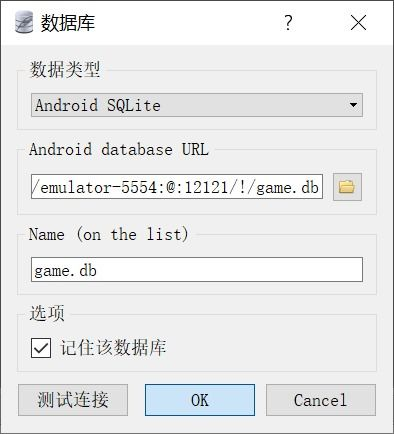SQL Import into MySQL Database, A Comprehensive Guide
Understanding SQL Imports
SQL imports refer to the process of bringing data from a SQL file into a MySQL database. An SQL file often contains commands that articulate how data should be structured and inserted into the database. Common scenarios where SQL imports are useful include migrating data from one database to another, executing backups, or initializing a new database with predefined data structures and entries. Knowing how to properly import a SQL file is crucial for database administrators and developers, as it allows for seamless data management and retention.
Methods for Importing SQL Files
There are primarily two methods for importing SQL files into a MySQL database: using the MySQL command line and using a graphical interface such as phpMyAdmin. Let's detail these methods:
1. Using the MySQL Command Line
To use the command line for importing an SQL file, you need to follow these steps:
- Open your terminal or command prompt.
- Ensure you have access to the MySQL binary. If it’s not added to your PATH, navigate to its location.
- Connect to your MySQL server using the following command:
mysql -u username -p database_name
- You will be prompted to enter your password. Upon successful login, you can execute the import command:
source /path/to/your/file.sql
- This command will read the SQL file and execute its commands sequentially, thereby importing the data.
2. Using phpMyAdmin
The graphical user interface of phpMyAdmin simplifies the import process for many users:
- Open your phpMyAdmin interface in your web browser.
- Log in with your MySQL credentials.
- Select the database into which you wish to import data from the list on the left panel.
- Click on the "Import" tab located at the top of the page.
- Use the "Choose File" button to select your SQL file from your local drive.
- Make sure the format is set to SQL and click on the "Go" button to start the import process.
Common Errors During Imports
While importing SQL files, you may encounter various errors, such as syntax errors, foreign key constraints, or connectivity issues. To troubleshooting these problems, always check the SQL file for any typos, ensure your database is properly configured to accept data, and verify that you have the necessary permissions. Additionally, inspecting the MySQL error log can provide insights into error specifics.
In summary, importing SQL files into MySQL databases can be completed through various methods, predominantly using the MySQL command line or interfaces like phpMyAdmin. With each approach, it is important to focus on troubleshooting common errors and ensuring that your import process runs smoothly. Mastering these techniques will significantly enhance your ability to manage data effectively in MySQL.





